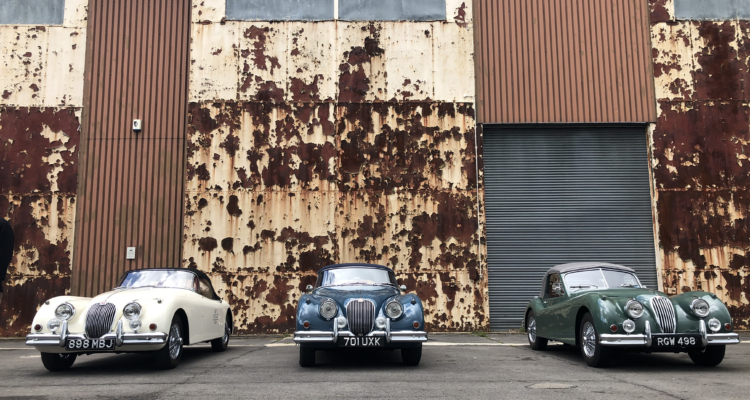Triumph Bonneville – “The best motorcycle in the world”
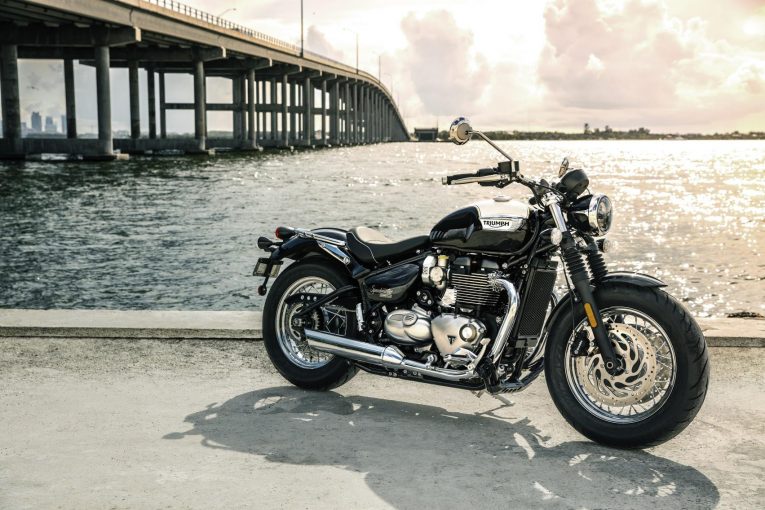
There can’t be much more of a testament to a motorcycle’s longevity and appeal than the fact it has existed in essentially the same format for eight decades and shows no signs of diminishing in its appeal. In fact, when it comes to the Triumph Bonneville, it’s quite the opposite – the latest version just seems to go from strength to strength.
It hasn’t always been that way for the ‘Bonnie’ but much of that was down to problems with its parent, Triumph motorcycles and the changes that the company went through in its lifetime, closing and being reborn.
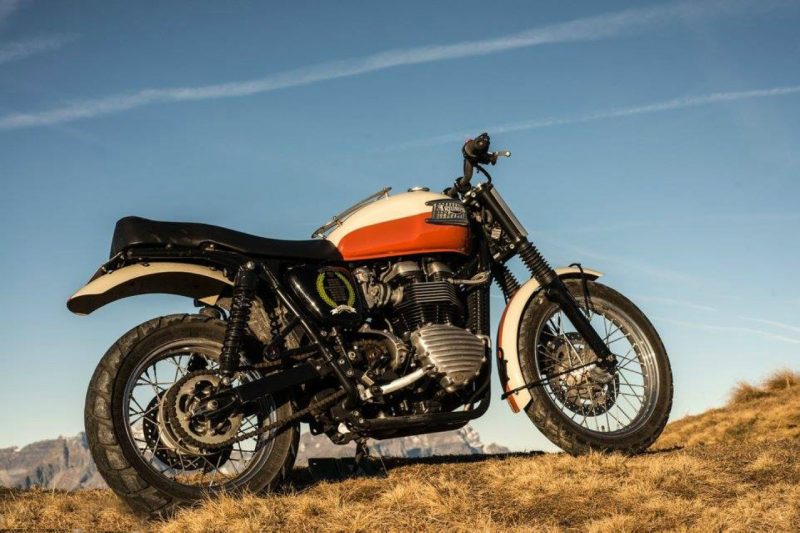
Company Matters
Triumph as a company began in 1886 when German Siegfried Bettman moved to Coventry and started selling sewing machines he imported from Germany, as well as bicycles made locally. He established the company as ‘The Triumph Cycle Company’ and in 1906, the company produced its first motorcycle, combining a 2.25bhp engine with a bicycle frame. Over the following years, technology marched forward, with the company producing 30,000 bikes for allied forces in the First World War and in 1934, it changed its name to Triumph Company.
Three years later, the first Speed Twin was launched (the name is still in use today) and in 1938, Bill Johnson and Wilbur Cedar began introducing Triumphs to the American market. Another period of concentrating on the war effort followed for WW2, with 50,000 bikes produced, many of which were re-purposed for civilian use after the end of the war. The company moved to a new headquarters at Meriden, between Coventry and Birmingham.
More models followed and the brand’s popularity grew – Marlon Brando rode his own personal Thunderbird in The Wild One in 1953 and, in 1956, Johnny Allen hit 214.4mph in a 650cc Triumph-powered streamliner at the Bonneville salt flats in Utah, USA. Two years later, the Triumph Bonneville was launched to commemorate the fact and it went on sale in 1959, becoming the weapon of choice for almost every café racer and track racer thereafter.
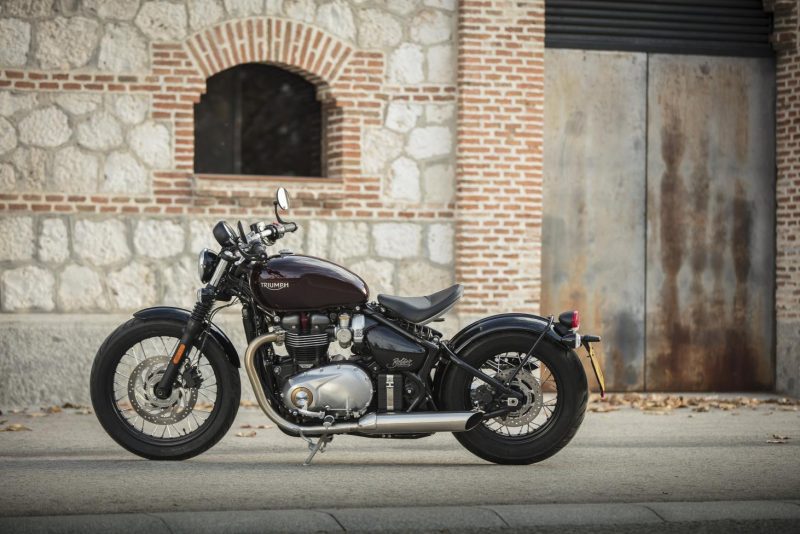
The marque continued to attract attention – stuntman and dirt-rider Bud Eakins completed the famous jump in 1961’s The Great Escape on a Trophy TR6 while friend and fellow Triumph dirt-rider Steve McQueen did the riding on the ground. Much success in racing followed, increasing the presence and the kudos of the brand with a host of new models.
Several badly managed mergers later, Triumph joined with Norton and Villiers and the company faced bankruptcy. An industrial dispute (an all-too-familiar phrase from the 1970s) began in 1973 when workers blocked access to the factory from the owners and this continued for two years, during which time demand for Triumph motorcycles grew. Eventually, the workers took over the factory as the Meriden Workers Cooperative and re-started production.
Things continued for several years until, in 1983, the company went into liquidation and the last bikes, including the Bonneville, were produced.
At this point, the company was purchased by John Bloor, a property developer who acquired the name and manufacturing rights and sub-licensed a company called Racing Spares to continue producing the Bonneville in small numbers until 1988.
Two years later, the ‘new’ Triumph was firmly back, with a new factory at Hinkley in Leicestershire (where it remains to this day) and a range of brand-new motorcycles. It returned to the US in 1995 and in 2000, the Bonneville was re-introduced into the range as a completely new model.
A host of accolades followed, as did new models including naked sports bikes, adventure bikes and of course, the revised Bonneville with a water, rather than air, cooled engine. The brand also achieved huge success in racing over the years, from Jack Marshall’s first Isle of Man TT win in 1908 to the first 100mph lap of the TT circuit on a production bike in 1969, ridden by Malcolm Uphill to wins in the Supersport category of the IOM TT in 2014 and the British Supersport Championship.
The First-Generation Bonneville
The Bonneville had three distinct phases to its life, beginning after that record run by Allen at Bonneville.
The first Bonneville was the T120 model, unveiled at the 1958 Earls Court Bike Show and going on sale the following year, described by Triumph as “The best motorcycle in the world”. A bold claim but, as it transpired, one with a solid foundation.
The T120 used a 650cc version of the parallel-twin engine that was originally designed way back in 1937 with the ‘120’ suggesting the bike’s top speed. In the new Bonneville, the engine produced 46bhp from twin carburettors. It also used a ‘pre-unit’ construction, meaning the engine and transmission were separate units joined mechanically to produce drive. However, in 1963m a ‘unit’ construction was adopted, which saw the engine and transmission share a single casing, adding to the rigidity and allowing a stronger frame to be adopted. This year also saw a change from magneto-based spark generation to a coil and a year later, the Bonnie changed from 6V to 12V power.
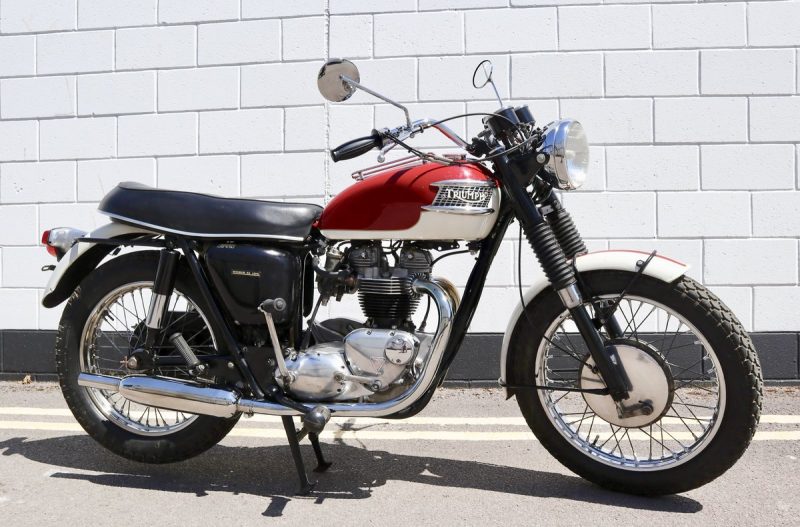
In 1971, there was another design change, with the introduction of the ‘oil-in-frame’ concept. This held the engine oil within the frame, rather than in a separate tank and in 1972, the bike gained a five-speed gearbox.
However, it was the following year that saw the end of the T120 model, thanks to both the introduction of the larger-engined T140 and the industrial problems at the Meriden factory, with only around 1000 T120 units being produced and none following the end of the workers’ occupation of the factory.
The T140 was introduced in 1973 to redress the performance deficit that the T120 experienced against the new breed of Japanese motorcycles. The first few bikes uses a 724c engine but the majority were fitted with a 744cc unit, mounted in a revised version of the oil-in-frame chassis of the preceding T120. It used disc brakes up front and the manual kick-start but was initially intended mainly for export to the USA, following the success of the T120. However, interest at home was high and so it was made available in the UK, with the gear-change lever moving to the left-hand side, as demanded by new regulations in the US.
While the T140 sought to build on the T120’s success, it wasn’t all plain sailing. Reliability was an issue, as were vibrations from the engine though these were soon resolved and a host of models was brought to the market. One was the T140J Silver Jubilee, launched to commemorate the Silver Jubilee of Queen Elizabeth II in 1977. Sticking with the royal theme, 1981’s Royal Wedding model was launched to celebrate the marriage of Charles, Prince of Wales and Lady Diana Spencer.
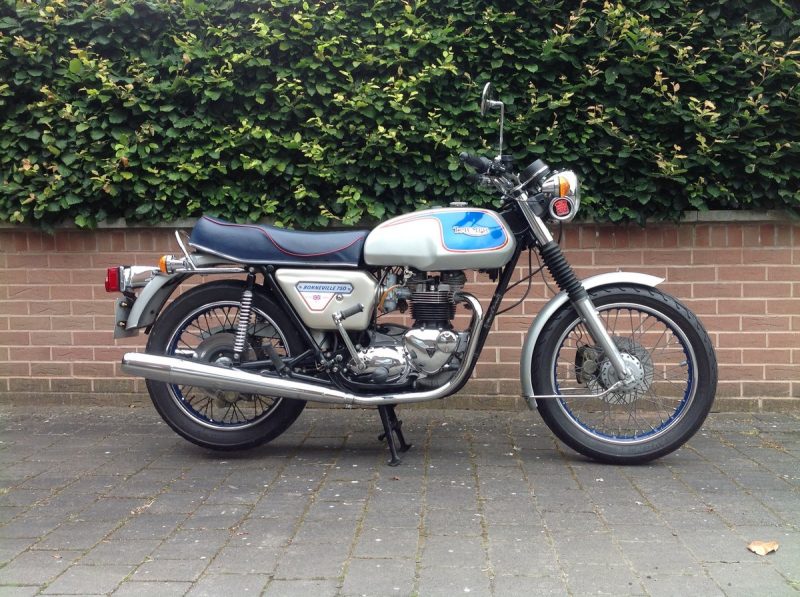
Sadly, the first generation of Bonneville’s would soon come to an end, when Triumph went into liquidation in 1983 and the Meriden works was closed. However, when one door closes, another often opens and with John Bloor buying the Triumph name and rights, he decided to completely re-launch the company. However, this would take time and, in the meantime,, there was a plan…
The Second-Generation Bonneville
When the Meriden factory closed, Les Harris – a businessman and motorcycle enthusiast from Torquay – tried to acquire the rights to the Triumph name, though it was John Bloor who finally took them. While Bloor knew it would take time to relaunch the brand, in 1983 he entered into a five-year agreement with Harris to continue producing the Bonneville under licence.
Harris was already manufacturing spare parts for Triumph and other British marques but was limited in the access he had to the Bonnie’s base components. As a result, he approached a variety of European manufacturers to supply parts for the ‘Devon’ Bonnevilles (the bikes were assembled in LF Harris’ premises in Newton Abbot). The brake components were supplied by Brembo, suspension parts by Paioli and exhausts by Lafranconi.
Harris built around 1250 750cc Bonnevilles which, as a result of the change in component suppliers, were quite a different beast to those produced at the Meriden factory in the last few years. At the end of the first five-year contract period, the agreement was not continued, and the Bonneville disappeared from showrooms for the second time.
The Third-Generation Bonneville
Bloor’s new Triumph eventually got round to tackling the Bonneville for its third generation in 2000, when the name returned to the showrooms. Though a completely new and thoroughly modern motorcycle, it retained much of the styling and character of the original model. The first model, the 800, still used a parallel-twin engine with 790cc capacity and this was increased to 865cc in 2005 for the T100 model. These models all used carburettors until 2008, when they were changed for electronic fuel injection, necessitating an increase in fuel-tank size to house the fuel pump. However, in a conscious decision, the fuel-injection throttle bodies were designed to look like carburettors, echoing the heritage of the Bonneville model.
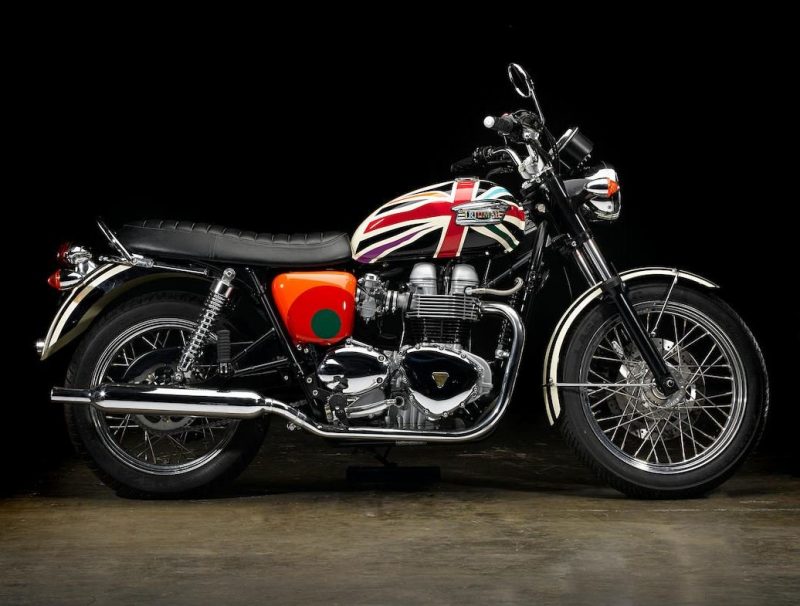
The biggest shift came in 2016 though, with the introduction of a new, water-cooled parallel-twin engine in both 900cc and 1200cc flavours. The 1200cc version went on to revive the T120 name while the 900cc bike used the T100 moniker.
The Bonneville has proved so successful that it now forms the basis for Triumph’s ‘Modern Classics’ range currently, including a Bobber (chopped rear subframe and single seat), Scrambler (styled like the 1960s off-road desert racers), the Speedmaster (feet-forward cruiser) and the race-style Thruxton.
The Appeal
The Bonneville, in any of its three incarnations, is a classic. Original examples are like any classic vehicle – they have their idiosyncrasies and need to be handled with a little care and a lot of attention. Later examples use more modern technology and as a result, don’t need quite so much time and effort lavished on them. But while they gain in practicality, they don’t really lose in style. The fact that they are more reliable and use modern technology – including safety systems such as ABS, traction control and switchable riding modes for different road conditions (Road and Rain, for example) – doesn’t make them any less fun to ride.
At a casual glance, all but the most experienced will struggle to tell if you’re riding a 1960s Bonnie or a 2019 version. In fact, it may not be until you park up for a while that the age becomes apparent – the older variants will probably leave a tell-tale puddle of oil on the ground to mark their passing.
Just remember; it’s a feature, not a fault…
